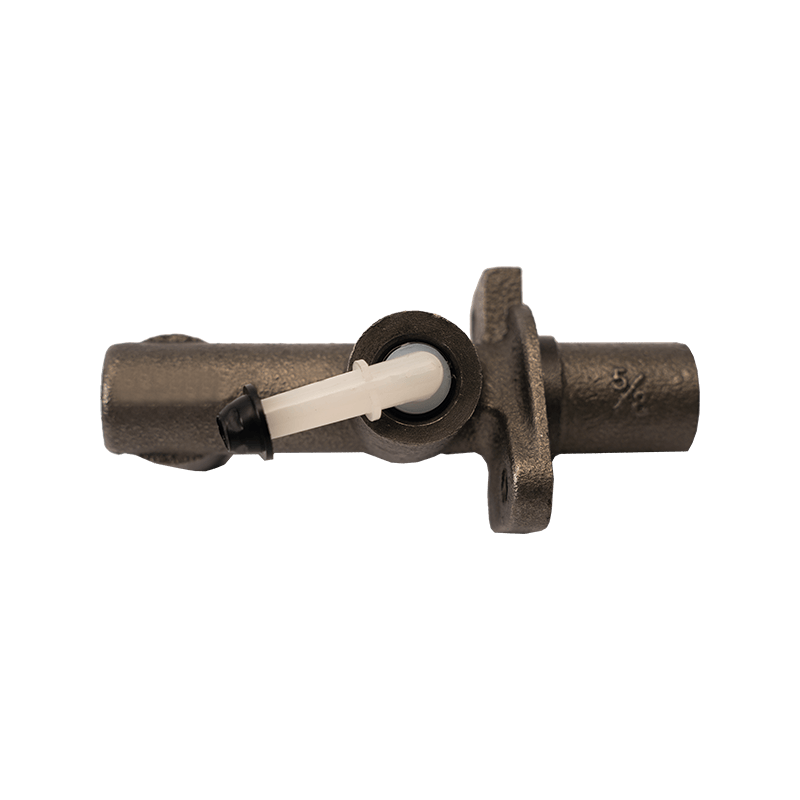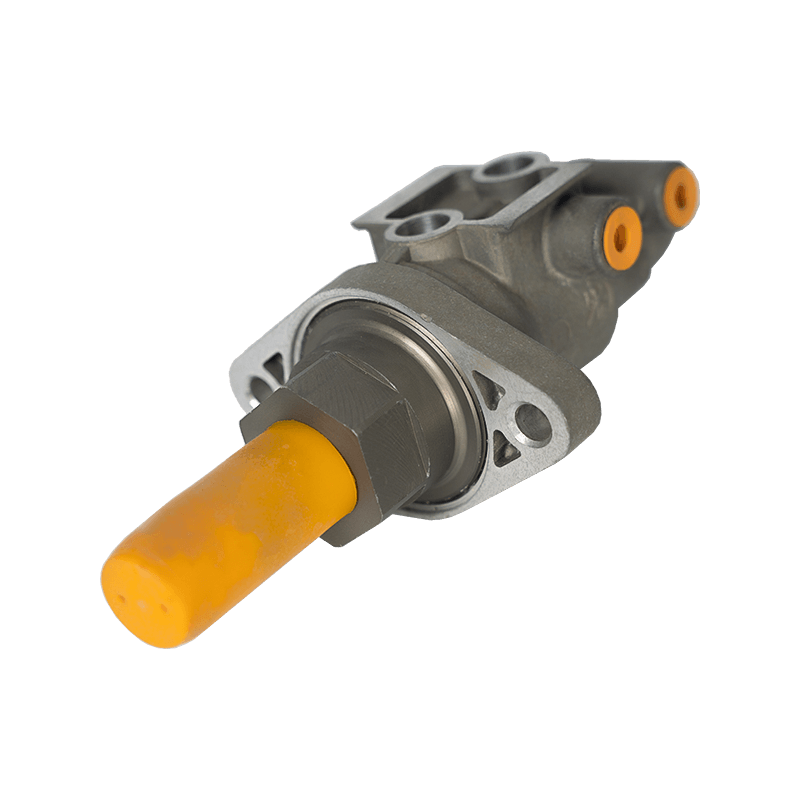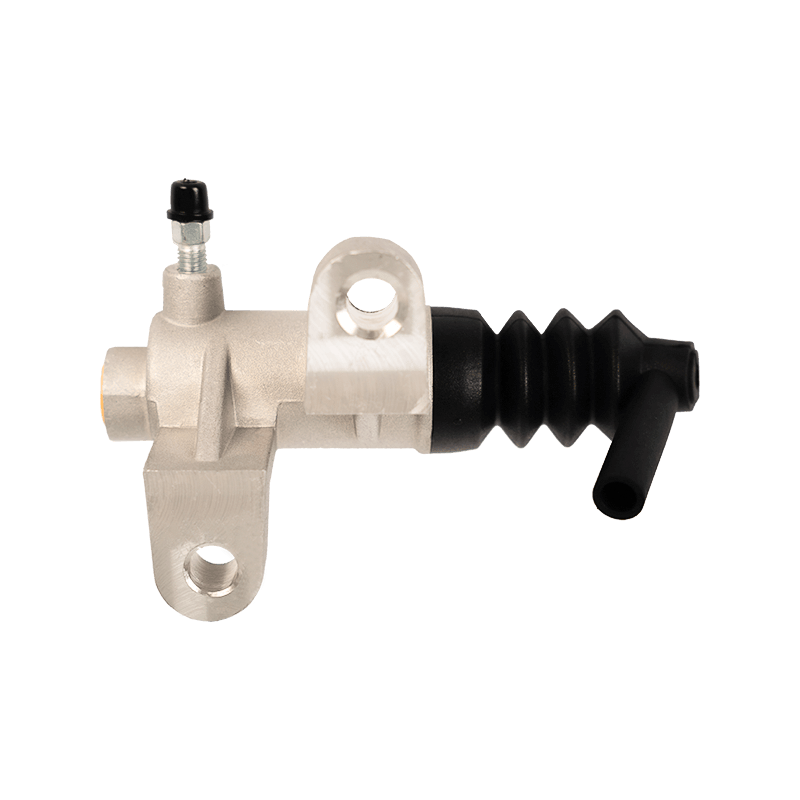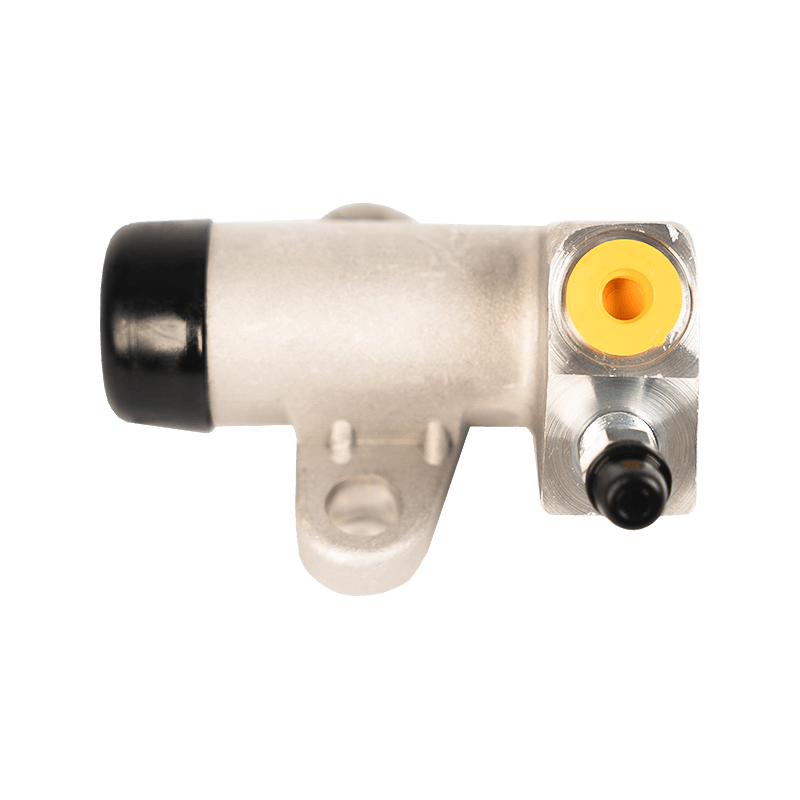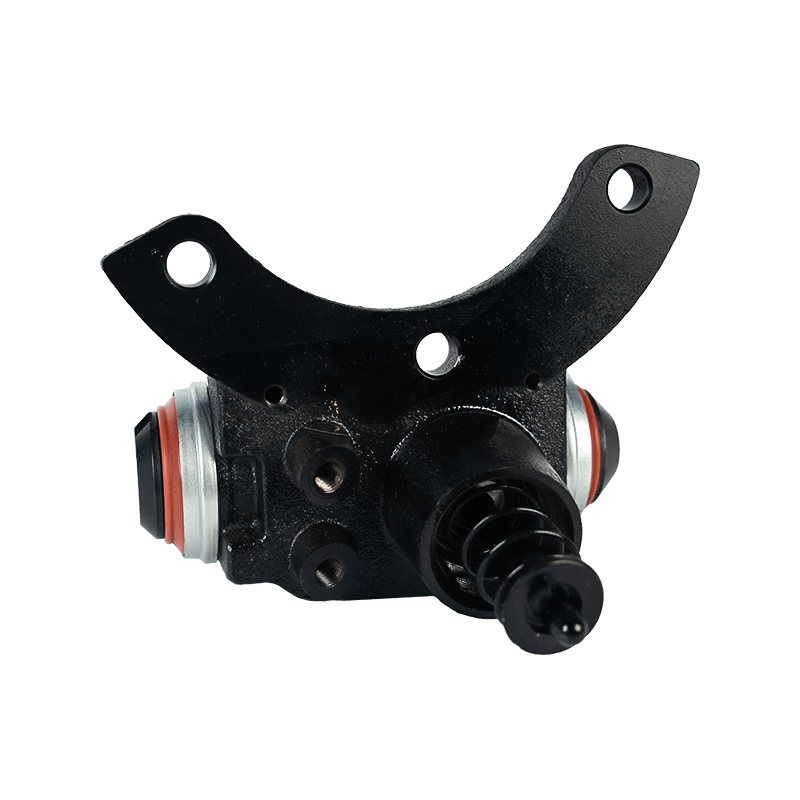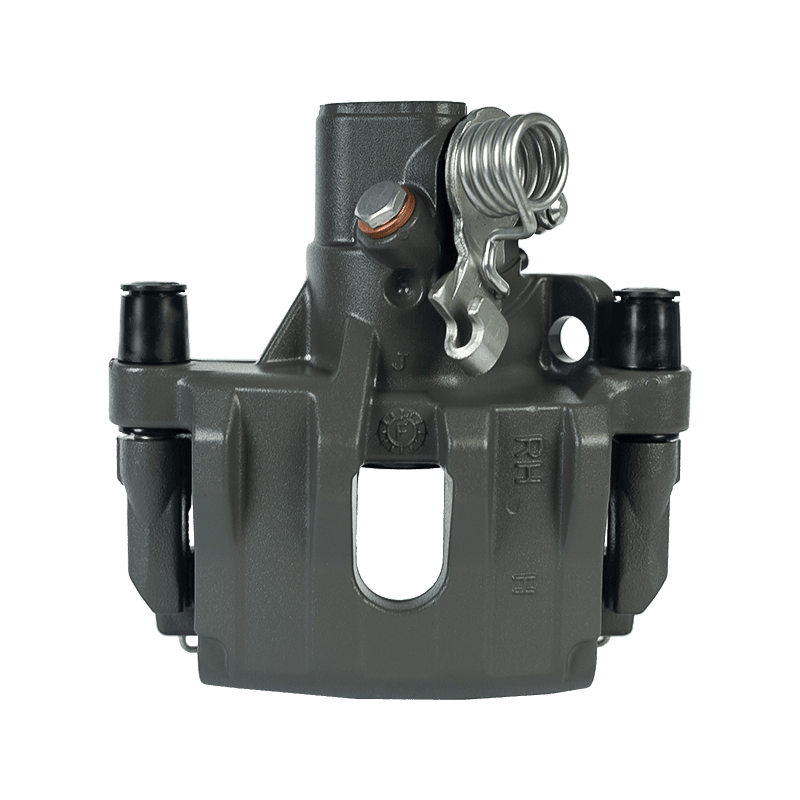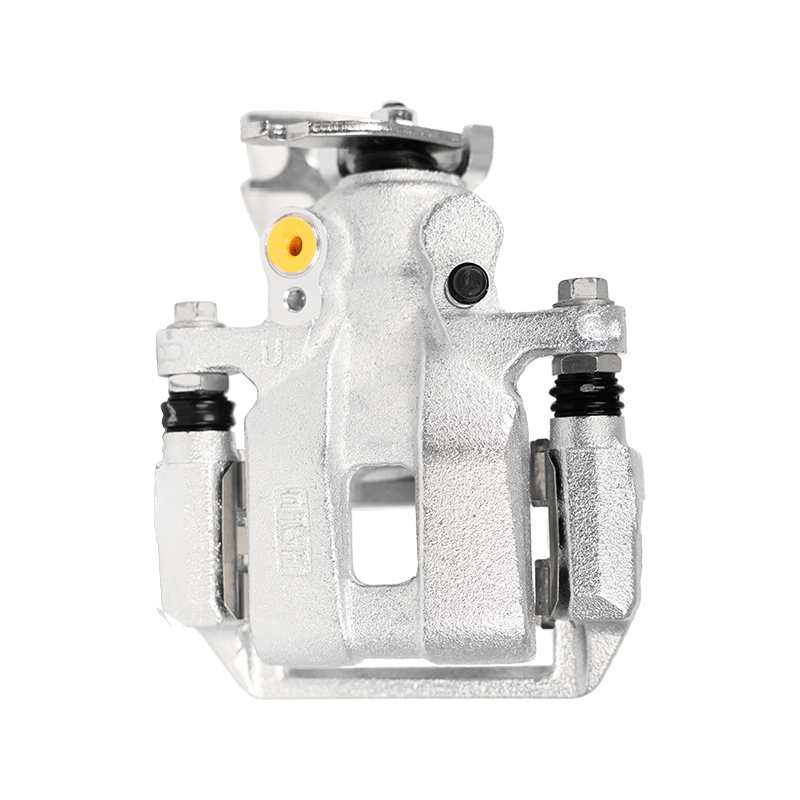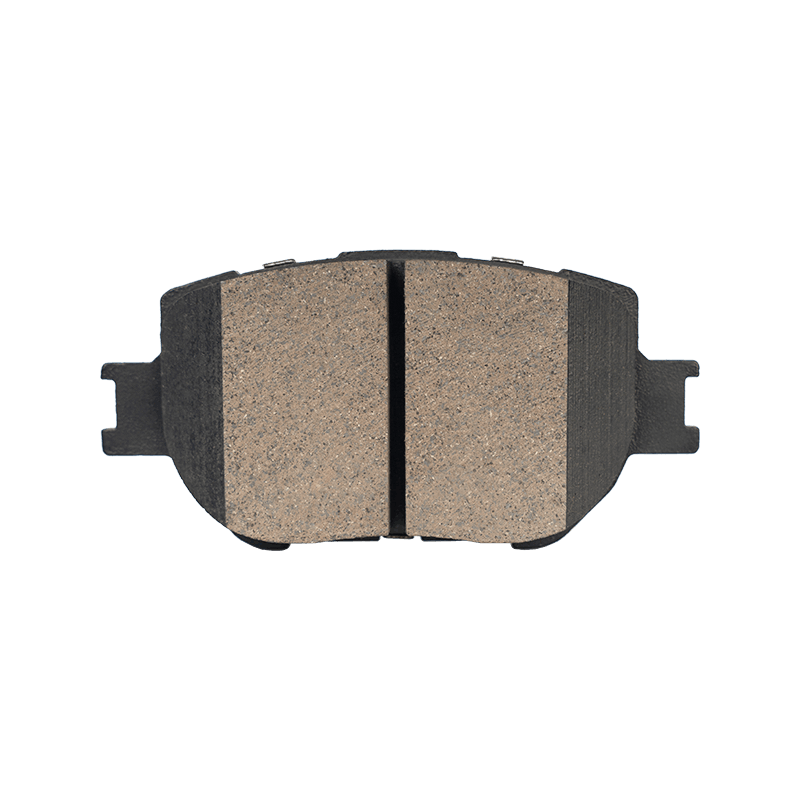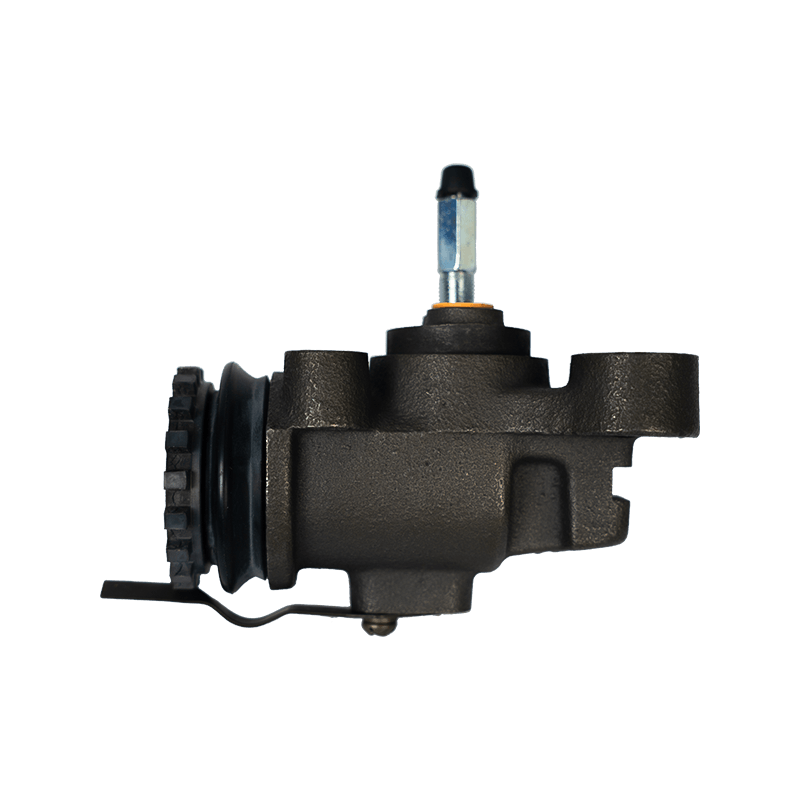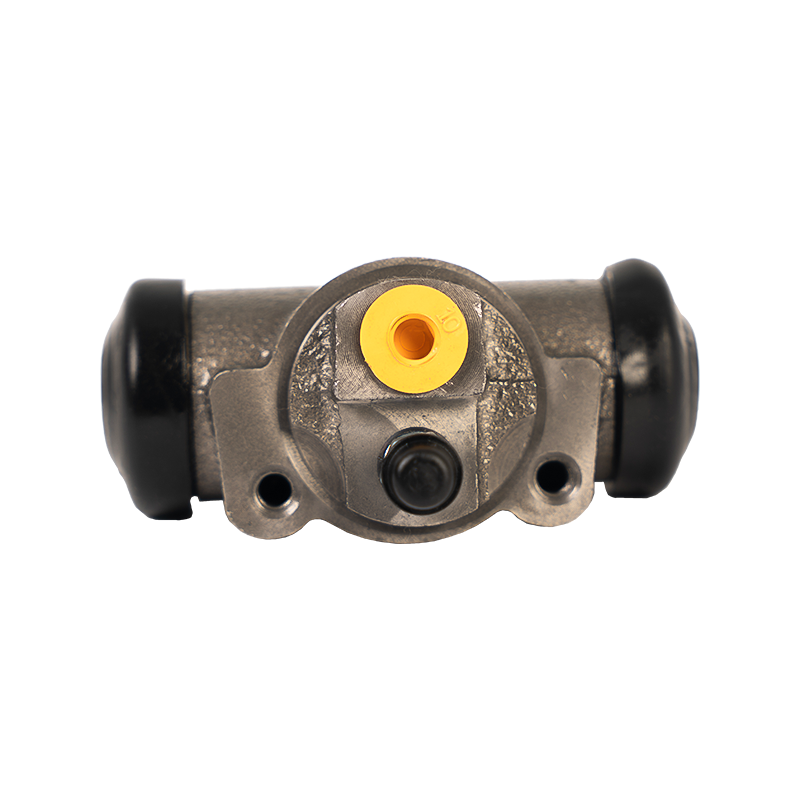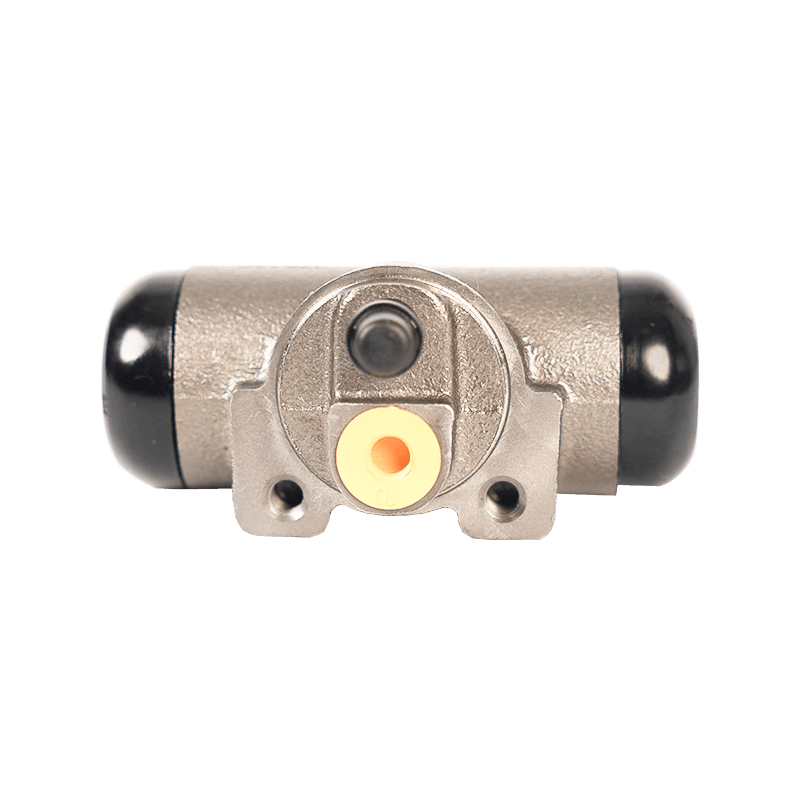How to determine if the clutch slave cylinder needs replacement?
 2025.10.17
2025.10.17
 Industry News
Industry News
1. How to Perform a Preliminary Inspection?
Visual Leak Check: This is the most direct inspection method. Locate the clutch slave cylinder located on the transmission housing and carefully inspect its housing, dust boot, and the connections to the oil line for any sludge or oil stains. Any visible oil leak usually indicates that the slave cylinder needs to be replaced.
Check the Oil Level: Periodically open the clutch oil reservoir (often shared with the brake oil reservoir) in the engine compartment to check for rapid drops in the oil level. If the level is significantly below the minimum mark, after ruling out other leaks, the slave cylinder is a prime suspect.
Try to Bleed: If you suspect air in the hydraulic system, try bleeding according to the instructions in the service manual. If bleeding only temporarily improves the symptoms and quickly returns to normal, this often indicates a leak in the system, possibly a problem with the seal of the slave cylinder.
2. Replacement Precautions
If the clutch slave cylinder needs to be replaced, the following points require special attention:
Professional Operation: Replacing the clutch slave cylinder, especially when bleeding and filling (bleeding air) the hydraulic system, is recommended by a qualified repair technician. Bleeding the hydraulic system requires specialized tools and proper procedures. Improper operation may prevent the clutch from fully disengaging, leading to damage.
Use Standard Brake Fluid: Only fill the hydraulic system with brake fluid approved by the vehicle manufacturer. Never use mineral oil or other fluids, as this will damage the seals.
Maintain high levels of cleanliness: During replacement and repair, maintain a high level of cleanliness to prevent dust and dirt from entering the hydraulic system and damaging the new components.
Inspect Related Components: Failure with the clutch slave cylinder is likely due to the end of life or problems with other clutch system components (such as the pressure plate, friction plates, and flywheel). When replacing the slave cylinder, it is recommended to simultaneously inspect and replace worn clutch plates, pressure plates, and release bearings to avoid repeated transmission disassembly and assembly, saving overall cost and time.
3. Common Fault Symptoms
| Symptoms | Specific Symptoms | Possible Causes (and Relationship to the Slave Cylinder) |
| Abnormal Clutch Pedal Feel | The pedal is soft and weak, with poor rebound. It fails to return to its original position after being depressed, or there is a noticeable increase in pedal resistance. | Internal leaks in the hydraulic system (including the slave cylinder), damaged seals, or air in the oil circuit can all cause changes in pedal feel. |
| Clutch fluid level drops or leaks | Clutch fluid (usually shared with brake fluid) requires frequent replenishment, or oil stains are found on the slave cylinder (located on the transmission) or on the oil pipe joints. | Aging or damage to the slave cylinder seal is a common cause of hydraulic fluid leaks. |
| Difficulty Shifting or Incomplete Disengagement | After depressing the clutch pedal, gears become difficult to shift into, a clattering sound is heard, or the vehicle tends to move even when the clutch is not fully released (incomplete clutch disengagement). | Internal leaks in the slave cylinder can lead to insufficient pressure, or problems with the push rod stroke prevent the clutch fork from effectively pushing, resulting in insufficient clutch pressure plate disengagement. |
| Vehicle shudders when starting or clutch slipping | When releasing the clutch to start, the vehicle shakes violently; or the engine rpm increases but the vehicle speed increases slowly, accompanied by a burning smell (clutch slipping). | While slipping is often associated with the pressure plate and friction plate, if the slave cylinder does not return properly, the release bearing may remain in contact with the pressure plate, causing abnormal wear and shuddering. |
 Search
Search
 Eng
Eng 
 English
English Español
Español Português
Português


